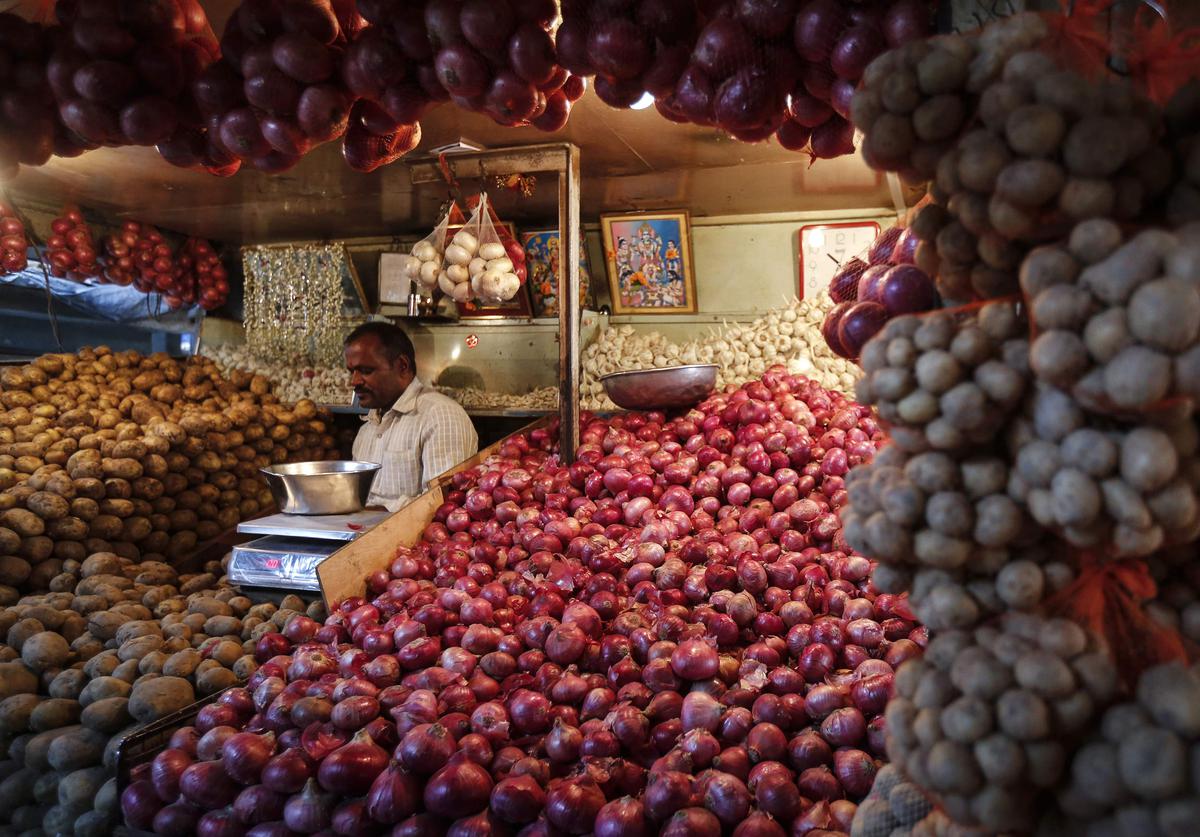According to estimates, domestic primary steelmakers’ operating margin will decrease to 14–16% in the first half of the current fiscal year from a decadal high of around 30% for the entire previous fiscal year. According to Crisil Ratings, this decline is the result of increased input prices, reduced realizations, and the introduction of an export levy on completed steel products.
The operating margin for the entire fiscal year is projected to be between 22-24%, with operating margins at 25% for the second half of this year. This would be greater than the pre-pandemic average of roughly 20% logged between fiscal 2017 and 2020, but lower than the prior year-over-year change of 700–800 basis points (bps).
Despite having high input costs, steel prices significantly dropped during the first quarter of the fiscal year. The price of global coking coal, a crucial raw material that accounts for 40% of production costs and is typically imported by domestic steel producers, has fallen from a historical high of $600 per tonne in March to $250 in August as a result of improved supply from Australian mines and waning demand from international steel producers.
Ankit Hakhu, the director of Crisil Ratings, stated that domestically sourced iron ore, which accounts for 15-20% of production costs, has lost more than 50% of its price since May 2022 as a result of increased domestic supply brought on by the imposition of a 50% export duty on iron ore and a 45% export duty on pellets. The decreased cost of raw materials, namely domestic iron ore and global coking coal, may allow domestic steelmakers to cut production costs by nearly 30% in the second half of this fiscal.

